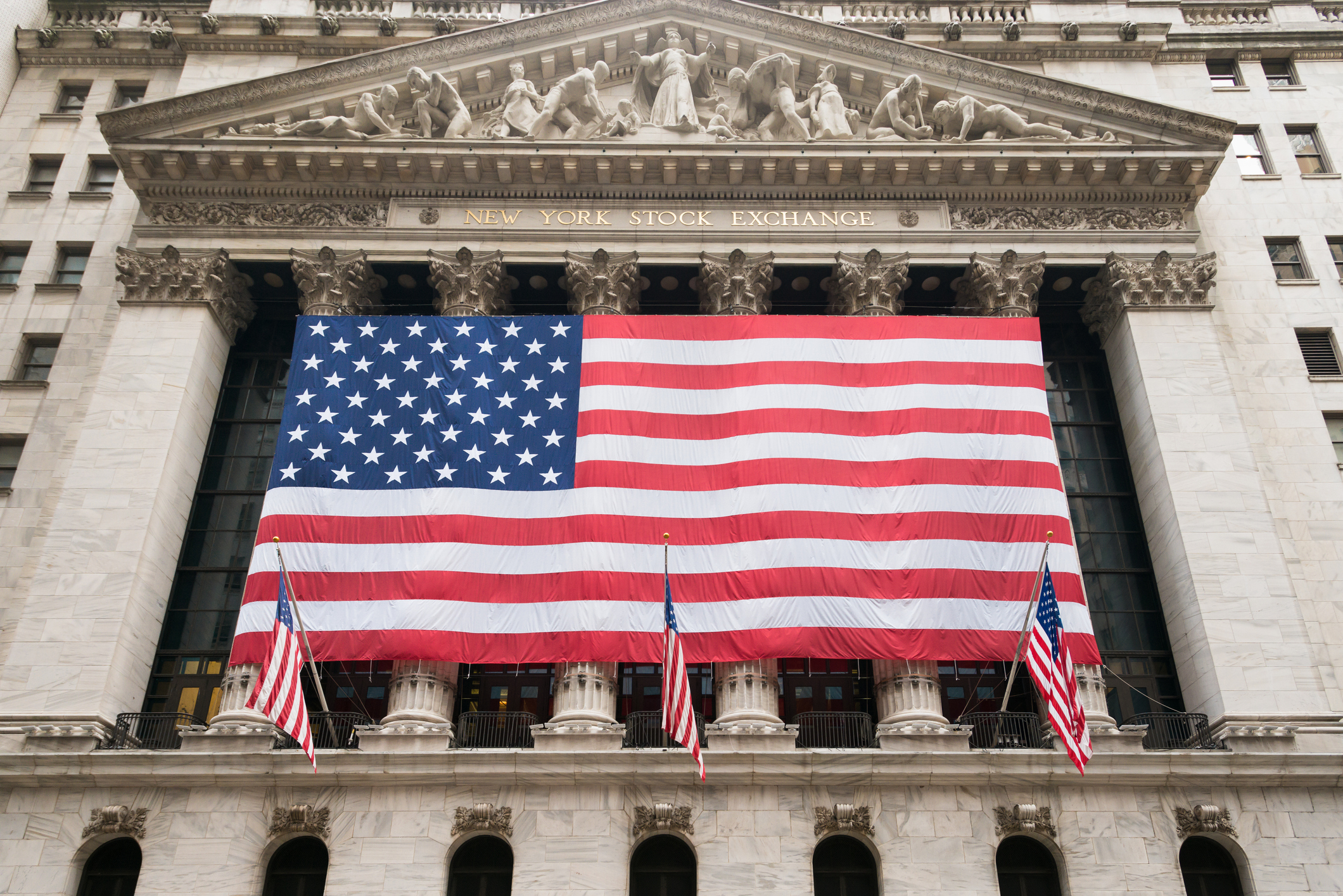20 March 1602: Dutch East India Company formed
The Dutch East India Company – considered by many to be the world’s first multinational company – was founded on his day in 1602.

During the 16th century, trading expeditions were highly risky, with loss of life and cargo due to shipwreck and piracy extremely common. To encourage investors to put money into these ventures, governments would grant individual companies temporary monopolies over certain areas and routes.
The Dutch East India Company (Vereenigde Oostindische Compagnie, or VOC), which was established in 1602, was not the first of these. However, because of its size, it is often considered to be the world's first multinational company.
The VOC's charter granted it exclusive rights over any trade in Asia. To enforce this, it was allowed to raise a private army, build forts and even run its own judicial system and currency. However, Holland was not the only country exploring Asia.
MoneyWeek
Subscribe to MoneyWeek today and get your first six magazine issues absolutely FREE

Sign up to Money Morning
Don't miss the latest investment and personal finances news, market analysis, plus money-saving tips with our free twice-daily newsletter
Don't miss the latest investment and personal finances news, market analysis, plus money-saving tips with our free twice-daily newsletter
For example, England had formed the rival East India Company two years earlier. Many years of conflict between rival trading companies followed, but in 1620 the VOC's rivals agreed to stay away from Indonesia, leaving the VOC with a monopoly there. It also established bases in South Africa, India and Sri Lanka, as well as gaining exclusive rights to trade with Japan.
By the middle of the 17th century the VOC was the largest company in the world and immensely profitable. But its fortunes started to decline in the face of rising competition. In spite of this, the company stubbornly continued to pay dividends, forcing it to take on more debt.
By 1796 its financial situation was so bad that it was nationalised by the Dutch government in a failed effort to save it. Just three years later, in 1799, it was wound up.
Get the latest financial news, insights and expert analysis from our award-winning MoneyWeek team, to help you understand what really matters when it comes to your finances.

-
 13 April 1960: the first satellite navigation system is launched
13 April 1960: the first satellite navigation system is launchedFeatures On this day in 1960, Nasa sent the Transit 1B satellite into orbit to provide positioning for the US Navy’s fleet of Polaris ballistic missile submarines.
-
 9 April 1838: National Gallery opens in Trafalgar Square
9 April 1838: National Gallery opens in Trafalgar SquareFeatures On this day in 1838, William Wilkins’ new National Gallery building in Trafalgar Square opened to the public.
-
3 March 1962: British Antarctic Territory is created
Features On this day in 1962, Britain formed the British Antarctic Territory administered from the Falkland Islands.
-
10 March 2000: the dotcom bubble peaks
Features Tech mania fanned by the dawning of the internet age inflated the dotcom bubble to maximum extent, on this day in 2000.
-
9 March 1776: Adam Smith publishes 'The Wealth of Nations'
Features On this day in 1776, Adam Smith, the “father of modern economics”, published his hugely influential book The Wealth of Nations.
-
 8 March 1817: the New York Stock Exchange is formed
8 March 1817: the New York Stock Exchange is formedFeatures On this day in 1817, a group of brokers moved out of a New York coffee house to form what would become the biggest stock exchange in the world.
-
7 March 1969: Queen Elizabeth II officially opens the Victoria Line
Features On this day in 1969, Queen Elizabeth II took only her second trip on the tube to officially open the underground’s newest line – the Victoria Line.
-
4 March 1519: Hernan Cortes arrives in Mexico
Features On this day in 1519, Hernan Cortes landed in Mexico before marching on the Aztec capital, Tenochtitlan.

